So you’re curious about landfills and how they work? Well, buckle up because we’re going to take a closer look at this fascinating world of waste management. From skip bins to rubbish removal, landfills play a crucial role in our society. In this article, we’ll explore what exactly a landfill is and how it operates, giving you a better understanding of where all our trash ends up. Get ready to uncover the secrets of this hidden world and discover the incredible processes that keep our environment clean and sustainable.
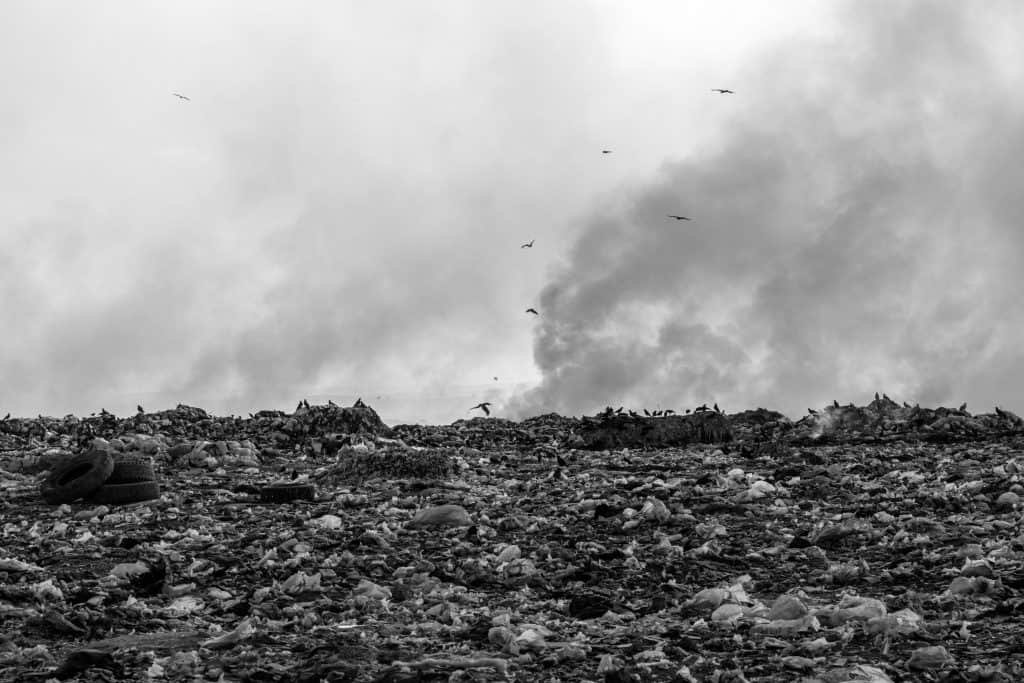
Definition of a Landfill
A landfill is a designated area where waste materials are disposed of and managed. It is an engineered facility that is specifically designed to handle and contain various types of waste products. Landfills serve as the primary method of waste disposal for communities and cities, providing an efficient and controlled space for the accumulation and decomposition of waste.
Purpose
The purpose of a landfill is to provide a safe and controlled environment for the disposal of waste materials. By containing the waste within designated areas, landfills help prevent the spread of pollutants into the environment and protect surrounding ecosystems. The careful planning and construction of landfills ensure that waste is managed properly to minimize any potential harm to human health and the environment.
Types of Waste Allowed
Landfills are designed to handle different types of waste. Municipal solid waste (MSW), which includes household trash, is commonly accepted in landfills. Construction and demolition debris, industrial waste, and non-hazardous commercial waste are also permitted. However, certain types of waste, such as hazardous materials, radioactive waste, and medical waste, are strictly regulated and require specialized disposal methods separate from regular landfills.
Components of a Landfill
A landfill consists of several key components that work together to manage waste effectively and mitigate any environmental impacts.
Cell
A cell is a specific area within the landfill where waste is deposited. It is typically lined with impermeable materials to prevent the leakage of contaminants into the surrounding soil and groundwater.
Liner System
The liner system is a vital component of a landfill, consisting of multiple layers of materials that prevent the penetration of waste into the ground. The liner system typically includes a geomembrane liner, a clay liner, and a geosynthetic clay liner. These layers act as a barrier, ensuring that waste remains contained within the designated area.
Leachate Collection System
Leachate is the liquid that seeps out of waste materials as they decompose. To prevent leachate from contaminating the surrounding environment, landfills are equipped with a leachate collection system. This system consists of pipes and drains that collect the leachate and redirect it to an appropriate treatment facility.
Gas Collection System
As waste decomposes, it produces gas, primarily methane. To control the release of these gases into the atmosphere, landfills are equipped with a gas collection system. This system includes a network of pipes that collect the gas, which can then be used as a valuable energy source or safely released.
Final Cover
The final cover is the topmost layer of a landfill that serves as a protective barrier. It is usually comprised of clay, soil, or synthetic materials and helps prevent rainwater from entering the landfill, reducing the potential for leachate generation.
Access Road and Gates
A landfill requires proper access for waste collection vehicles and maintenance. Access roads provide a pathway for vehicles to transport waste materials to the designated cells within the landfill. Gates are installed to control entry and exit, ensuring that only authorized personnel and vehicles are allowed access.
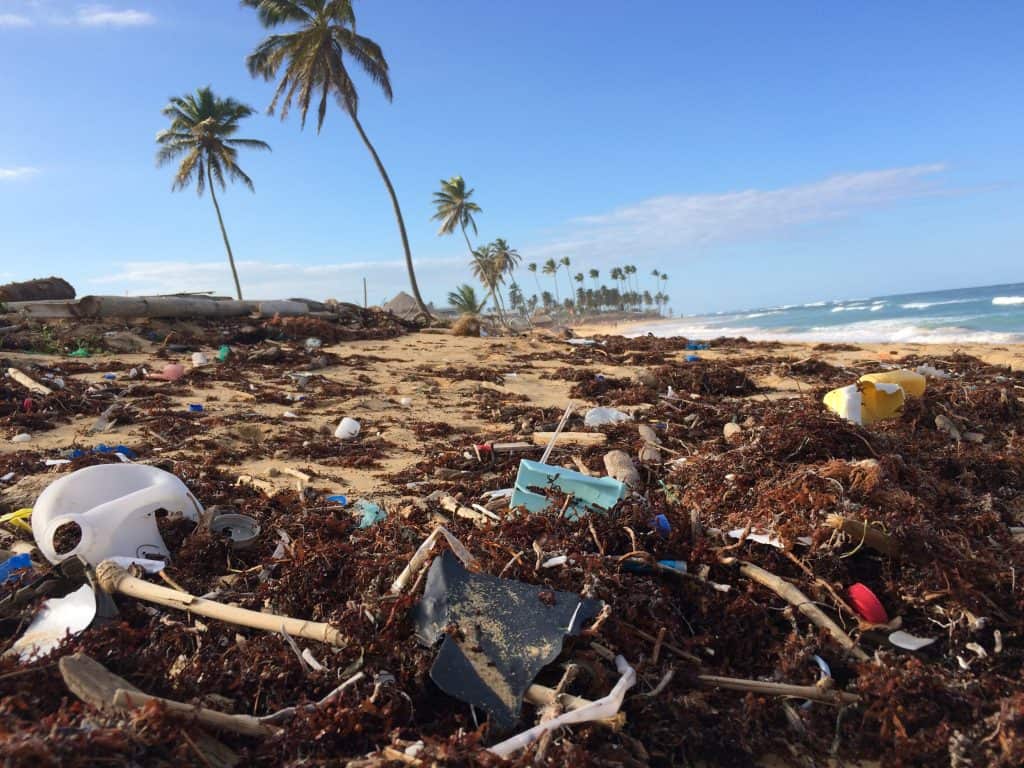
Steps of Landfill Operation
Managing a landfill involves a series of carefully planned and executed steps to ensure proper waste disposal and environmental protection.
Site Selection
Selecting an appropriate location for a landfill is crucial. Environmental factors such as soil composition, groundwater availability, and proximity to sensitive ecosystems need to be considered. Additionally, the site’s proximity to the population it serves, transportation accessibility, and legal and regulatory considerations play a significant role in site selection.
Permitting and Planning
Before construction can begin, a landfill operator must obtain the necessary permits and approvals from local regulatory agencies. This includes submitting applications, conducting environmental impact assessments, and developing land use plans that adhere to regulations and guidelines.
Preparation and Construction
Once permits are obtained, the preparation and construction phase begins. This includes clearing and leveling the land, installing the liner system, leachate collection system, gas collection system, and constructing access roads and gates. Proper preparation and construction ensure that the landfill is built to meet safety and environmental standards.
Waste Placement
After construction, waste is brought to the landfill for placement. This involves receiving and weighing the waste, unloading and spreading it within the designated cells, and compacting the waste to maximize space utilization and minimize its volume.
Compaction and Covering
Compacting the waste is an essential step to minimize its size, increasing the landfill’s capacity and reducing potential environmental impacts. After each day’s waste placement, a layer of daily cover, such as soil or other approved materials, is added to control odor, prevent scavenging, and reduce litter. This process is repeated, layering and compacting the waste until it reaches its permitted height. A temporary and final cover is then applied to seal the landfill and protect it from water infiltration.
Leachate Treatment
Landfills generate leachate as waste decomposes. This liquid requires proper management to prevent contamination. A leachate collection system collects the leachate, which is then treated to remove contaminants before being discharged or reused, depending on local regulations and treatment capabilities.
Gas Management
To prevent the release of harmful gases into the atmosphere, a gas collection system is implemented. The collected gases, primarily methane, can be utilized as an energy source, reducing reliance on fossil fuels. Alternatively, the gas can be flared or safely released according to environmental regulations.
Monitoring and Maintenance
Throughout the landfill’s operational lifespan, monitoring and maintenance are crucial to ensure compliance with regulations and the proper functioning of systems. Regular inspections, groundwater monitoring, gas monitoring, and other measures are conducted to address any potential issues and ensure the landfill operates securely.
Closure and Post-Closure
When a landfill reaches its permitted capacity, closure procedures are implemented. Temporary closure involves covering the landfill to control erosion and minimize emissions. Final closure includes placing a multilayer cover system that promotes stability and prevents long-term pollution. After closure, a monitoring and maintenance period follows to ensure the landfill’s environmental and safety integrity.
Site Selection
Choosing the right site for a landfill involves considering various factors to minimize its impact on the environment and the surrounding community.
Environmental Factors
When selecting a site, environmental factors such as soil type, slope, and stability need to be analyzed. Soils that are well-drained and have low permeability are preferred to minimize the risk of contaminants migrating into groundwater. Slope stability ensures that the landfill does not pose a risk of landslides or erosion.
Proximity to Population
Landfills should be located away from densely populated areas to minimize potential health risks and nuisance factors. However, they should still be within a reasonable proximity to reduce transportation costs and ensure efficient waste disposal for the community it serves.
Transportation Accessibility
Access to transportation routes is vital to ensure smooth waste disposal operations. A suitable site should have adequate road access to enable waste collection vehicles to transport waste efficiently. This reduces transportation costs and enables timely waste management for the surrounding areas.
Legal and Regulatory Considerations
The selection of a landfill site must comply with legal and regulatory requirements at the local, state, and federal levels. Zoning and land-use regulations play a significant role in determining the suitability of a proposed site. Environmental impact assessments are typically required to evaluate the potential impact of the landfill on the surrounding environment and communities.
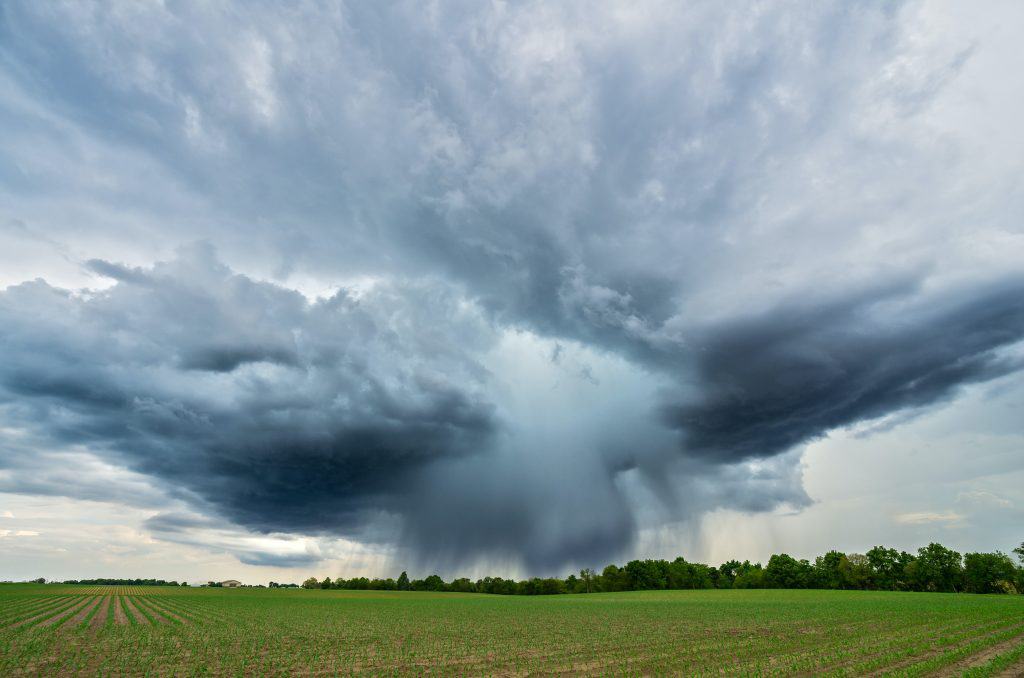
Permitting and Planning
Obtaining the necessary permits and planning the landfill’s operations are critical steps before construction can begin.
Applying for a Permit
To operate a landfill, the landfill operator must submit an application for the necessary permits and approvals. This involves providing detailed information about the proposed site, including site plans, engineering designs, waste management plans, and environmental impact assessments. The regulatory agency responsible for permitting determines if the proposed landfill complies with all the necessary requirements and issues the permit if approved.
Environmental Impact Assessment
An environmental impact assessment (EIA) is conducted to evaluate the potential impact of the landfill on the environment and surrounding communities. This assessment includes analyzing factors such as air quality, water quality, noise levels, and the ecological impacts on flora and fauna. The EIA helps identify any potential risks or concerns and guides the decision-making process for the permit approval.
Land Use Planning
Land use planning is an integral part of the permitting and planning process. It involves evaluating the potential conflicts between the proposed landfill and existing land uses in the surrounding area. Proper land use planning ensures that the landfill does not adversely impact nearby residential, commercial, or sensitive areas, preserving the quality of life for the surrounding communities.
Preparation and Construction
The preparation and construction phase of a landfill involve several crucial steps to ensure the proper functioning and environmental safety of the facility.
Land Clearing and Grading
Before construction can begin, the proposed landfill site needs to be cleared of any vegetation and debris. Clearing the land enables grading, which creates a level surface suitable for the construction of landfill components. Proper grading ensures that waste is evenly distributed and allows for effective waste compaction.
Installation of Liner and Leachate Collection System
The liner system is an integral part of landfill construction. It consists of multiple layers of impermeable materials, such as high-density polyethylene (HDPE) geomembranes, clay liners, and geosynthetic clay liners. These layers prevent the penetration of waste into the ground, minimizing the potential for contamination. Simultaneously, a leachate collection system is installed, consisting of pipes and drains that collect and redirect leachate for proper treatment and disposal.
Installation of Gas Collection System
To manage the gases produced during waste decomposition, a gas collection system is installed. This system involves the placement of vertical gas wells and a network of horizontal pipes that collect the gases, primarily methane, for further processing or utilization. A properly designed and functioning gas collection system prevents the release of harmful gases into the atmosphere and reduces the impact on climate change.
Construction of Access Road and Gates
To facilitate waste collection and maintenance operations, an access road is constructed leading to the landfill site. This road should be sturdy and wide enough to accommodate waste collection vehicles. Additionally, gates are installed to control access and ensure the security of the landfill. Only authorized personnel and vehicles should be allowed entry to prevent unauthorized waste dumping or potential safety issues.
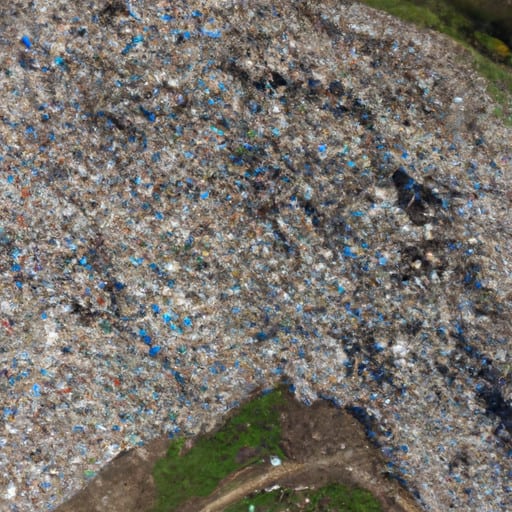
Waste Placement
Once the landfill is prepared and constructed, waste placement begins, involving several important steps to ensure efficient and safe disposal.
Receiving and Weighing Waste
Waste collection vehicles bring the waste to the landfill, where it is received and weighed at a designated area. Accurate weighing allows for proper record-keeping and calculation of tipping fees based on the amount of waste disposed of.
Unloading and Spreading
After weighing, the waste is unloaded from the collection vehicles and spread within the designated cells using specialized equipment, such as bulldozers or compactors. Spreading the waste evenly ensures efficient compaction and maximizes available space within the landfill.
Compaction of Waste
To optimize the available space and reduce the volume of waste, compaction is performed using heavy machinery. Bulldozers, compactors, and landfill compactors are used to compress the waste, increasing its density. Compaction also prevents air pockets from forming within the waste, facilitating efficient decomposition processes.
Compaction and Covering
Compacting waste and providing proper cover layers are essential to maintain the integrity of the landfill and minimize its impact on the surrounding environment.
Compacting Waste
Waste compaction is an ongoing process throughout the landfill’s operation. Compaction equipment is used to compress the waste, increasing its density and reducing the volume. Compaction minimizes the landfill’s footprint, allowing for more efficient waste diversion and extending the landfill’s lifespan.
Placing Daily Cover
To manage odors, control litter, and minimize the spread of disease-carrying vectors, daily cover layers are placed over the compacted waste at the end of each operational day. This cover can consist of soil, alternative daily cover materials, or tarps placed securely over the waste. Daily cover layers act as a barrier, preventing the attraction of birds and other animals, reducing odor emissions, and ensuring a clean and aesthetically pleasing appearance.
Layering and Compacting
Layering and compacting is a continuous process as waste placement progresses. New waste layers are carefully spread and compacted, ensuring effective space utilization within the landfill. Each layer is adequately compacted to minimize voids and provide stability.
Temporary and Final Cover
Once a landfill cell reaches its permitted height, a temporary cover is placed to control erosion and minimize potential environmental impacts during the operational lifespan. However, before complete closure, a final cover is constructed, consisting of multiple layers of approved materials, such as clay, soil, or synthetic materials. The final cover acts as a protective barrier, preventing rainwater from infiltrating the waste and reducing the potential for leachate generation.
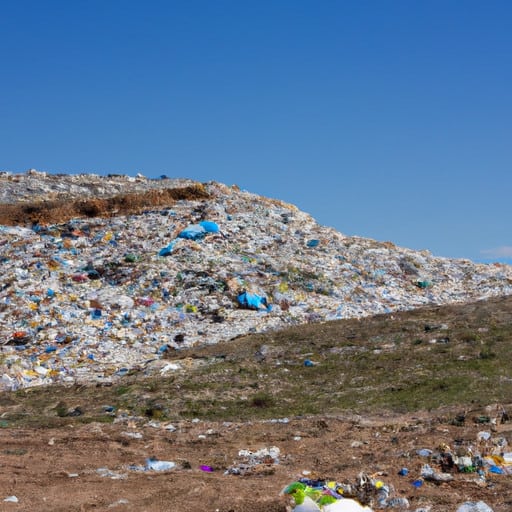
Leachate Treatment
Leachate, the liquid produced as waste decomposes, needs proper management to prevent potential contamination of soil and groundwater.
Collection and Removal
Leachate is collected through the leachate collection system, consisting of pipes and drains placed throughout the landfill. The leachate is then directed to treatment facilities through a network of pipes for proper management.
Treatment to Remove Contaminants
Leachate treatment involves various processes to remove contaminants and reduce the concentration of pollutants. Treatment methods may include physical, chemical, and biological processes to separate and neutralize harmful substances present in the leachate.
Discharge or Reuse
After treatment, the leachate can be discharged into local water bodies or sewage treatment plants if it meets the regulatory requirements. Additionally, leachate reuse for purposes such as irrigation or industrial uses may be considered. The discharge or reuse of treated leachate depends on local regulations and the capabilities of the treatment facility.
Closure and Post-Closure
As a landfill nears its permitted capacity, closure procedures begin. Closure involves several steps to limit long-term environmental impacts and ensure the landfill’s integrity.
Temporary Closure
Temporary closure is an intermediate step before the final closure of the landfill. It involves covering the waste with soil or other approved materials to prevent erosion and inhibit the release of odors. Temporary closures are usually implemented during extended periods of inactivity, such as weekends or holidays.
Final Closure
Final closure is the last step in the landfill’s operational lifespan. It includes the construction of a multilayer final cover system, which typically consists of compacted clay, synthetic membranes, drainage layers, and topsoil. The final cover promotes stability and protects against infiltration of rainwater, preventing the generation of leachate and reducing the potential for environmental contamination.
Maintenance and Monitoring Period
After closure, a maintenance and monitoring period follows to ensure the landfill’s long-term environmental and safety integrity. Regular inspections, groundwater monitoring, gas monitoring, and other measures are conducted to detect any signs of potential issues and take appropriate remedial actions if necessary. This post-closure monitoring period can extend for several years to ensure the continued effectiveness of the landfill’s containment system.
In conclusion, landfills play a crucial role in waste management, providing a controlled environment for the disposal of various types of waste. The carefully planned and executed steps involved in landfill operation, from site selection to closure, ensure that waste is managed effectively and potential environmental impacts are minimized. Properly managing a landfill requires compliance with regulations, environmental considerations, and the use of engineered components to prevent contamination and protect human health and the environment.
Contact Wizz Binz for your next skip bin hire in Fremantle or other south of the river suburbs.


